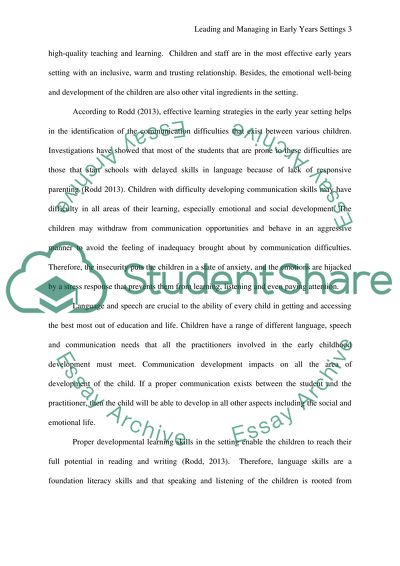Cite this document
(“Leading and Managing in Early Years Settings Assignment”, n.d.)
Retrieved from https://studentshare.org/social-science/1702227-leading-and-managing-in-early-years-settings
Retrieved from https://studentshare.org/social-science/1702227-leading-and-managing-in-early-years-settings
(Leading and Managing in Early Years Settings Assignment)
https://studentshare.org/social-science/1702227-leading-and-managing-in-early-years-settings.
https://studentshare.org/social-science/1702227-leading-and-managing-in-early-years-settings.
“Leading and Managing in Early Years Settings Assignment”, n.d. https://studentshare.org/social-science/1702227-leading-and-managing-in-early-years-settings.


